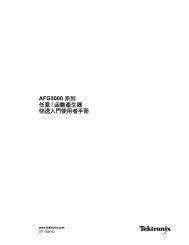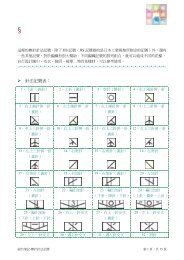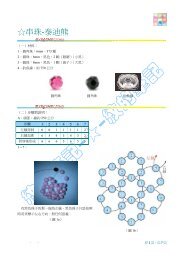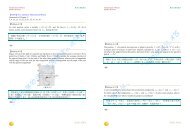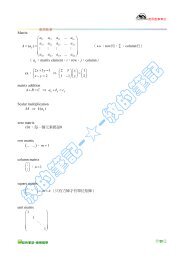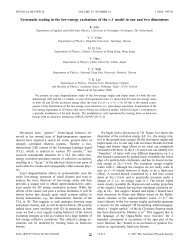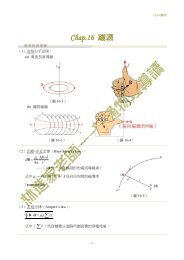Chapter 22 Materials Selection and Design Considerations
Chapter 22 Materials Selection and Design Considerations
Chapter 22 Materials Selection and Design Considerations
Create successful ePaper yourself
Turn your PDF publications into a flip-book with our unique Google optimized e-Paper software.
W94 • <strong>Chapter</strong> <strong>22</strong> / <strong>Materials</strong> <strong>Selection</strong> <strong>and</strong> <strong>Design</strong> <strong>Considerations</strong><br />
c<strong>and</strong>idate materials; from these analyses the materials would be ranked on the basis<br />
of stiffness performance <strong>and</strong> cost.<br />
In deciding on the best material, it may be worthwhile to make a table employing<br />
the results of the various criteria that were used. The tabulation would include,<br />
for all c<strong>and</strong>idate materials, performance index, cost, etc. for each criterion, as<br />
well as comments relative to any other important considerations. This table puts in<br />
perspective the important issues <strong>and</strong> facilitates the final decision process.<br />
Automobile Valve Spring<br />
<strong>22</strong>.4 MECHANICS OF SPRING DEFORMATION<br />
The basic function of a spring is to store mechanical energy as it is initially elastically<br />
deformed <strong>and</strong> then recoup this energy at a later time as the spring recoils. In<br />
this section helical springs that are used in mattresses <strong>and</strong> in retractable pens <strong>and</strong><br />
as suspension springs in automobiles are discussed. A stress analysis will be conducted<br />
on this type of spring, <strong>and</strong> the results will then be applied to a valve spring<br />
that is utilized in automobile engines.<br />
Consider the helical spring shown in Figure <strong>22</strong>.4, which has been constructed<br />
of wire having a circular cross section of diameter d; the coil center-to-center diameter<br />
is denoted as D. The application of a compressive force F causes a twisting<br />
force, or moment, denoted T, as shown in the figure.A combination of shear stresses<br />
result, the sum of which, t, is<br />
t � 8FD<br />
pd 3 K w<br />
where Kw is a force-independent constant that is a function of the D�d ratio:<br />
Kw � 1.60 a D<br />
d b<br />
�0.140<br />
(<strong>22</strong>.12)<br />
(<strong>22</strong>.13)<br />
In response to the force F, the coiled spring will experience deflection, which<br />
will be assumed to be totally elastic. The amount of deflection per coil of spring, dc, as indicated in Figure <strong>22</strong>.5, is given by the expression<br />
F<br />
D<br />
F<br />
T<br />
d c � 8FD3<br />
d 4 G<br />
d<br />
(<strong>22</strong>.14)<br />
Figure <strong>22</strong>.4 Schematic<br />
diagram of a helical spring<br />
showing the twisting moment<br />
T that results from the<br />
compressive force F. (Adapted<br />
from K. Edwards <strong>and</strong> P.<br />
McKee, Fundamentals of<br />
Mechanical Component <strong>Design</strong>.<br />
Copyright ©<br />
1991 by McGraw-<br />
Hill, Inc. Reproduced with<br />
permission of The McGraw-<br />
Hill Companies.)



